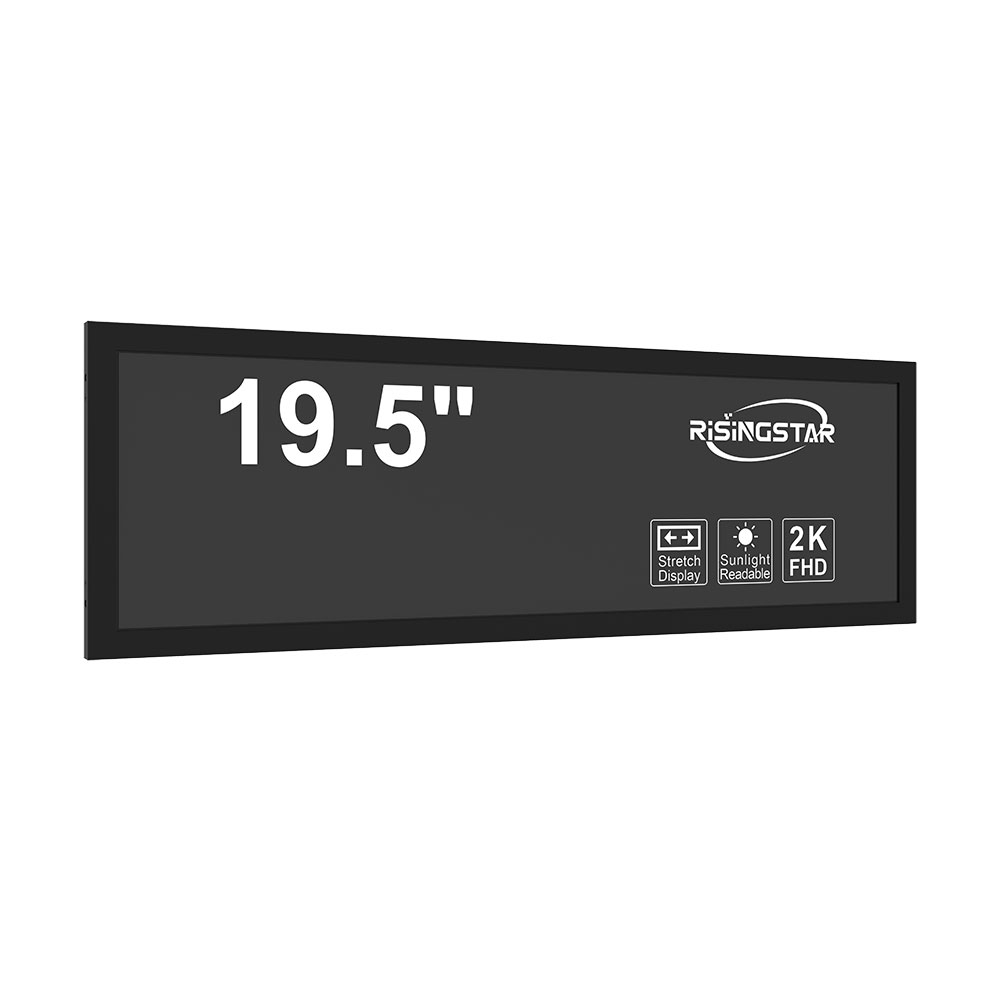- Home
- About Us
- Products
- News
- Video
- Contact
- Send Inquiry
Search
- Home
- About Us
- Products
- News
- Video
- Contact
- Send Inquiry

High-brightness sunlight-readable LCD screens are critical components in modern industrial, military, aerospace, and outdoor consumer applications where visibility under direct sunlight is essential. Unlike standard LCDs that suffer from poor visibility in bright conditions, these specialized displays maintain clarity, contrast, and color accuracy even in extreme lighting environments—such as desert sun, high-altitude exposure, or maritime operations. According to the U.S. Department of Defense’s MIL-STD-188-134A, military-grade displays must achieve a minimum brightness of 2000 cd/m² for reliable performance in daylight, while commercial standards like ISO 16750-3 define environmental resilience requirements for automotive and industrial use.
The core technologies enabling sunlight readability include high-luminance LED backlighting (often exceeding 5000 cd/m²), anti-reflective coatings, polarized glass layers, and advanced optical bonding techniques. For instance, optically bonded displays eliminate air gaps between the screen and cover lens, reducing internal reflections by up to 90% compared to traditional laminated displays. This is especially important in environments with rapid temperature changes or high vibration, such as drones, construction equipment, and naval vessels.
Case studies from companies like Innolux and LG Display illustrate real-world success. In a 2023 field test conducted by a defense contractor in Saudi Arabia, a 15-inch sunlight-readable LCD operating at 5000 cd/m² allowed operators to read critical data during midday solar exposure without squinting or using external shading tools. Similarly, in automotive applications, Tesla’s Model Y uses an 8000 cd/m² sunlight-readable display integrated into its center console, ensuring drivers can access navigation and vehicle diagnostics even in peak sunlight.
Manufacturers now leverage AI-driven brightness control algorithms that dynamically adjust luminance based on ambient light sensors, optimizing both visibility and energy efficiency. This feature is particularly valuable in battery-powered devices like handheld military radios or solar-powered weather stations. Additionally, recent advancements in quantum dot technology have improved color gamut and brightness uniformity across large panels, making them ideal for command-and-control centers and medical diagnostic systems in emergency response units.

From a materials perspective, ruggedized LCDs often incorporate Gorilla Glass or similar chemically strengthened glass for impact resistance, while IP67 or higher ingress protection ensures functionality in dusty, wet, or salty conditions. These features align with IEC 60529 standards, which are mandatory for many global industries.
In summary, high-brightness sunlight-readable LCD screens are no longer niche products—they are foundational to mission-critical systems across defense, transportation, infrastructure, and healthcare. As climate change intensifies sunlight exposure in urban and remote areas, demand for robust, high-brightness displays continues to grow. Engineers and procurement specialists must prioritize brightness specifications, durability certifications, and adaptive technologies when selecting displays for harsh environments.